Neural circuit and genetic bases of behaviour in Platynereis larvae
EcoEvoDevo PhD course | February 24th-26th, 2025, SZN
Centre for Organismal Studies, Heidelberg University
@jekely@biologists.social
What is a larva?
larva
noun ˈlär-və
plural larvae ˈlär-(ˌ)vē, also larvas
1: the immature, wingless, and often wormlike feeding form that hatches from the egg of many insects, alters chiefly in size while passing through several molts, and is finally transformed into a pupa or chrysalis (see chrysalis sense 1a) from which the adult emerges
2: the early form of an animal (such as a frog or sea urchin) that at birth or hatching is fundamentally unlike its parent and must metamorphose before assuming the adult characters

What is a larva?
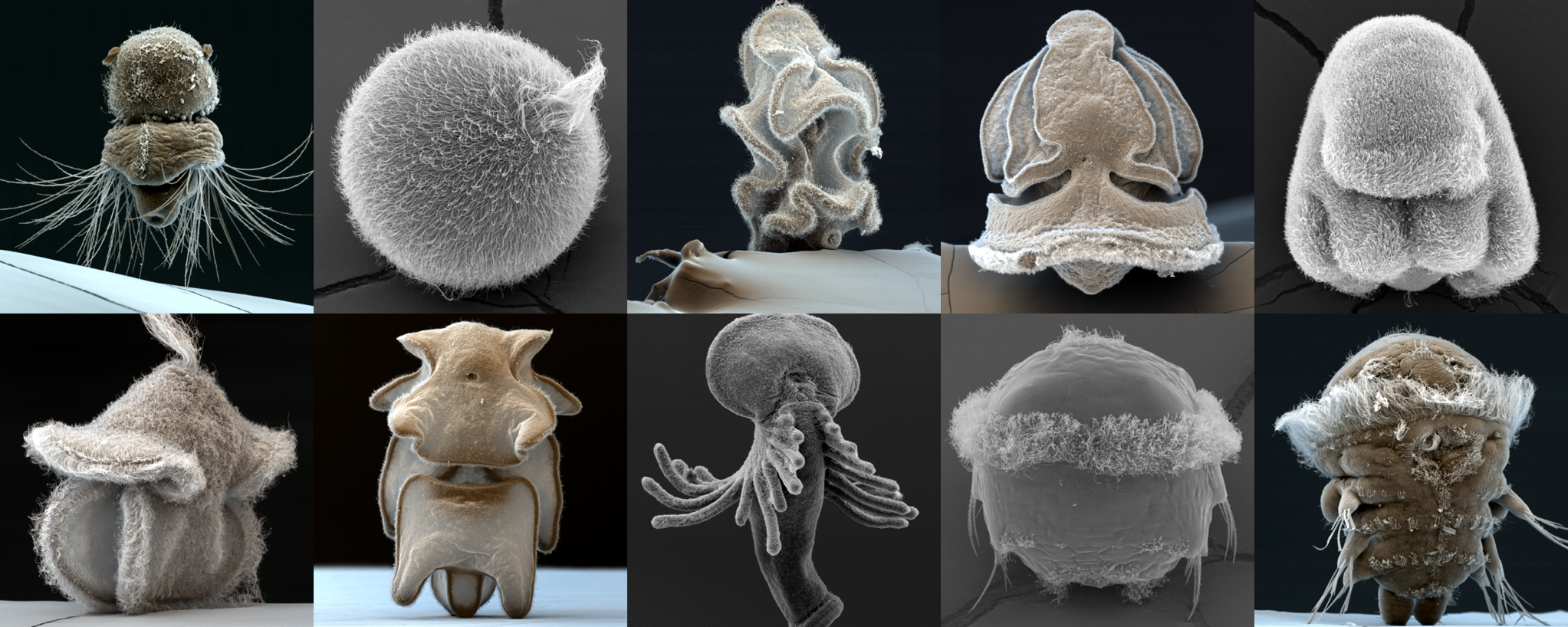
Platynereis dumerilii
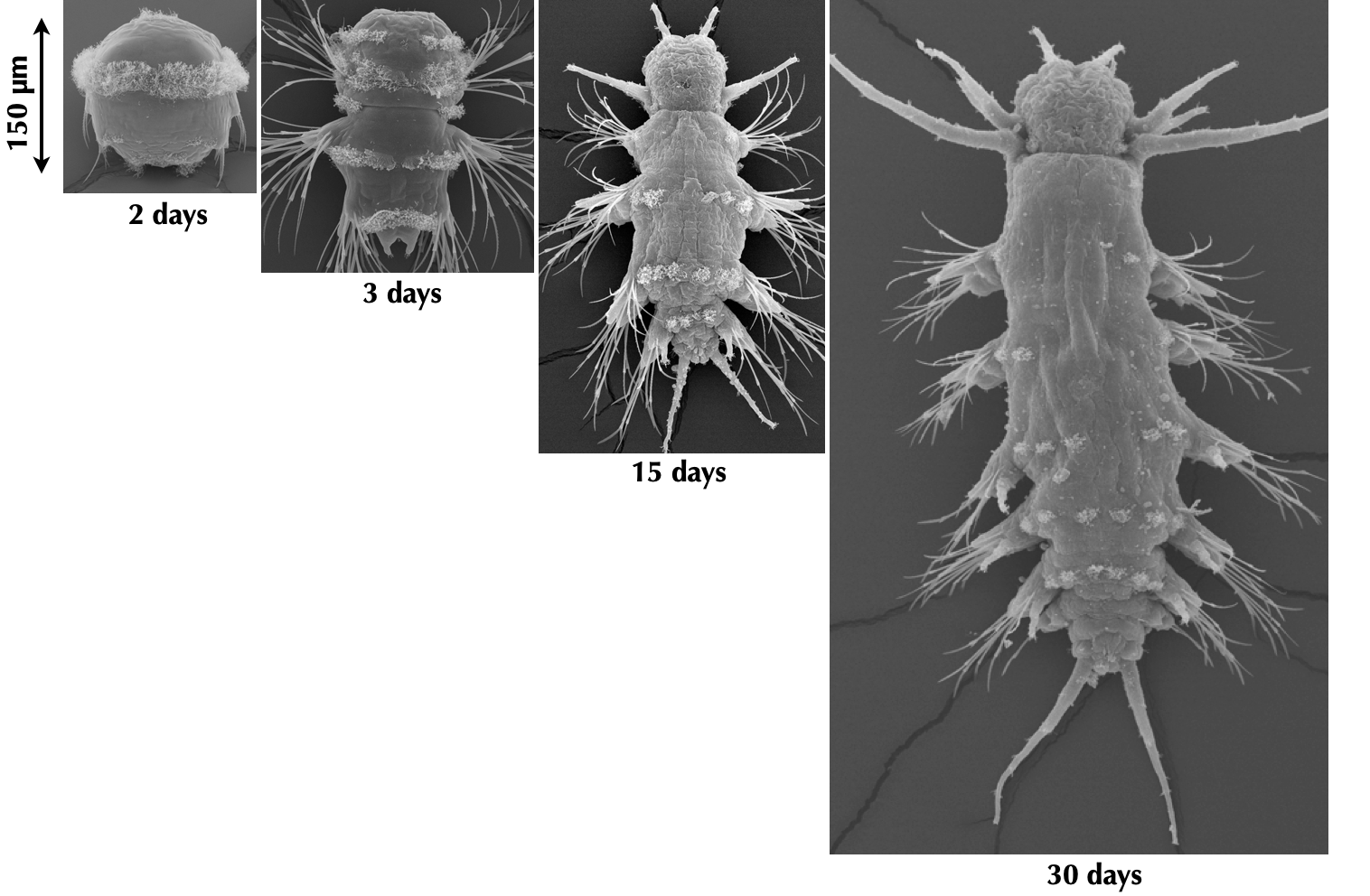
- breeding culture, full life-cycle
- embryos daily, year round
- genome sequence
- microinjection, transgenesis
- neuron-specific promoters and antibodies
- knock-out lines
- neuronal connectome
- whole-body neuronal activity imaging
- whole-animal pharmacology by bath application 😎
What is a larva?
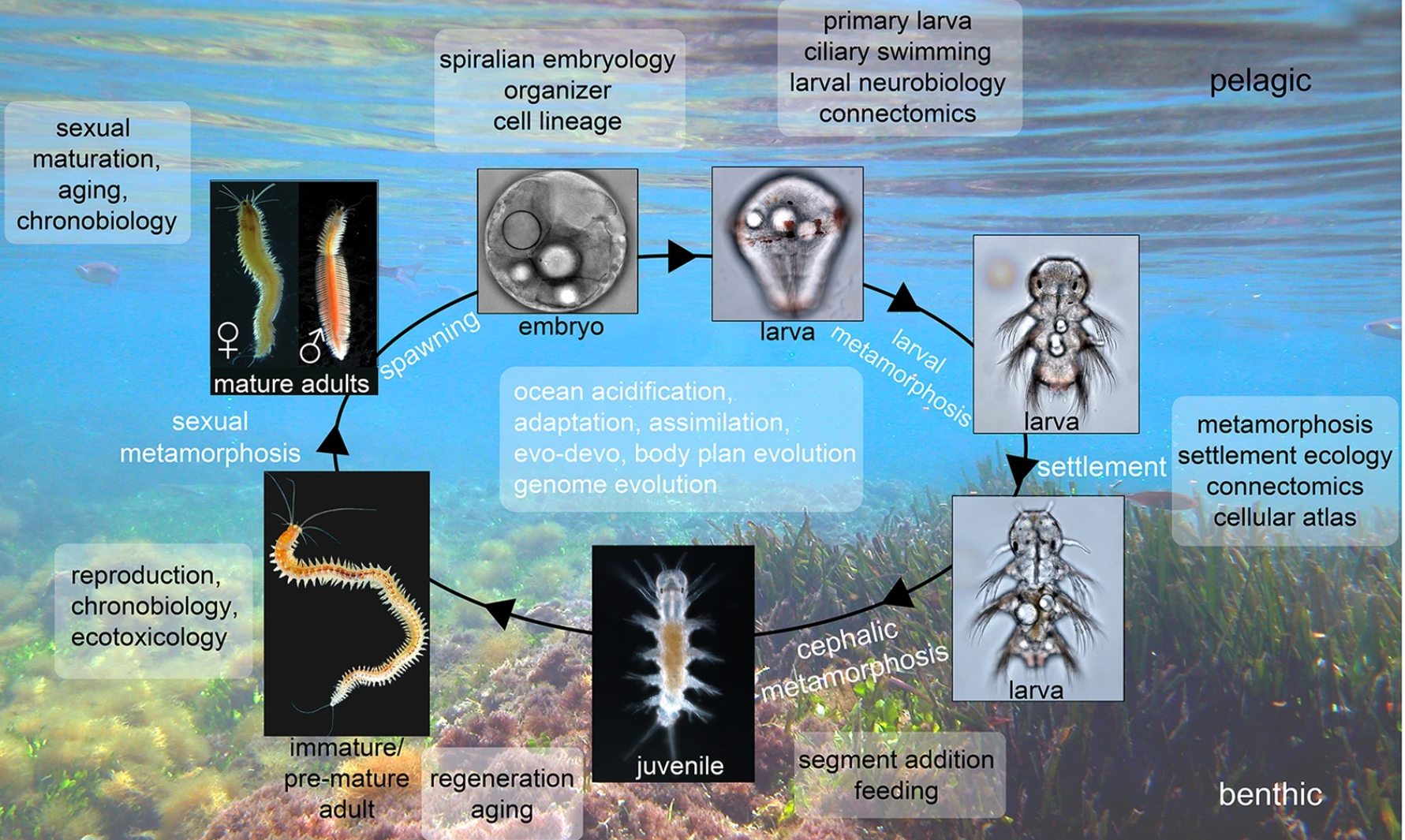
Platynereis dumerilii
- a gonochorostic species
- lecitotrophic non-feeding larvae
- free-swimming planktonic stage
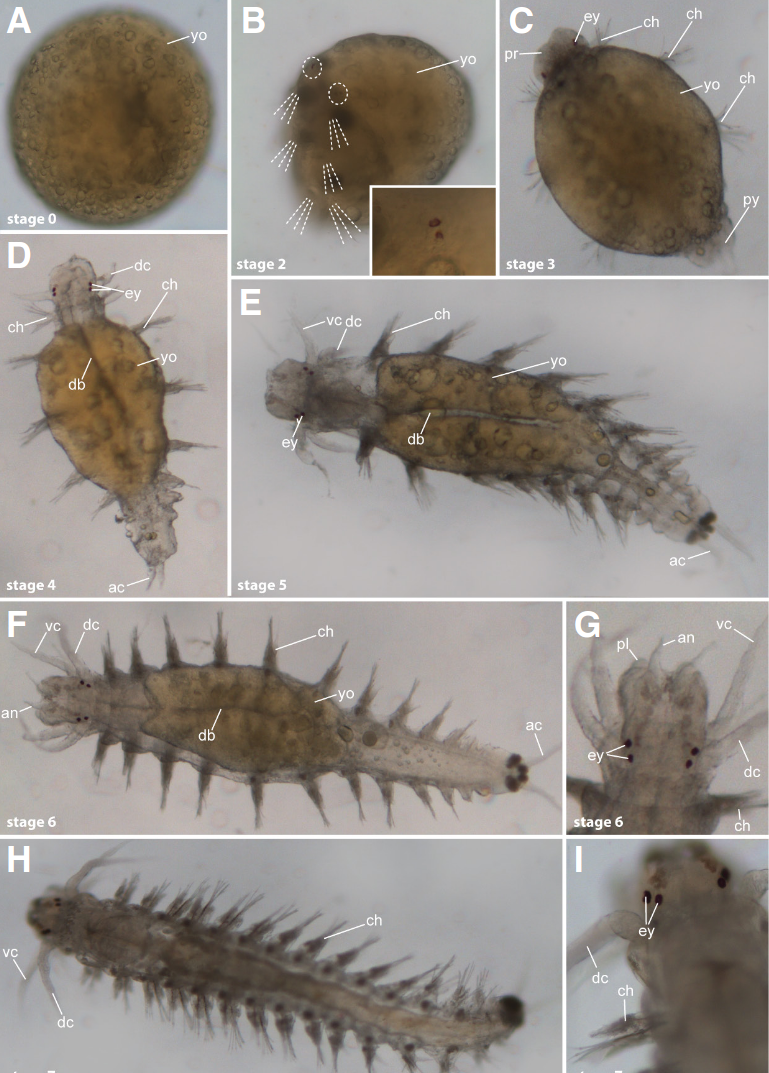
Platynereis massiliensis
- a protandric hermaphrodite
- lecitotrophic direct development in brood tubes
- absence of a free-swimming stage
A real larva vs. a blob
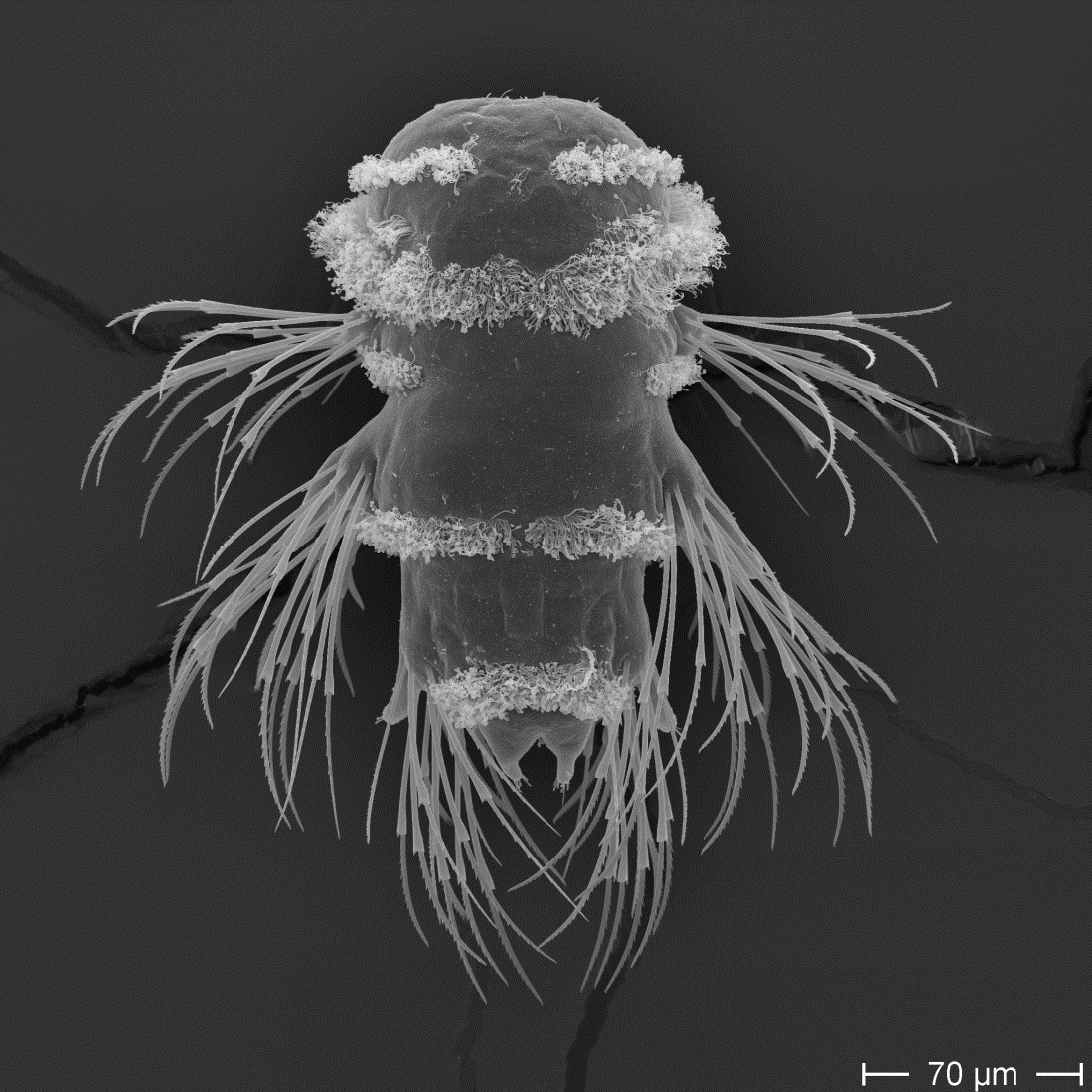
Platynereis dumerilii

Platynereis massiliensis
“A larva [in a marine invertebrate] is a post-embryonic life-cycle stage that is freely swimming and can be lost during evolution”
Platynereis dumerilii
Spawning
movie by Albrecht Fischer
Synchronously developing larvae
Whole-body volume EM of an entire three-day-old larva
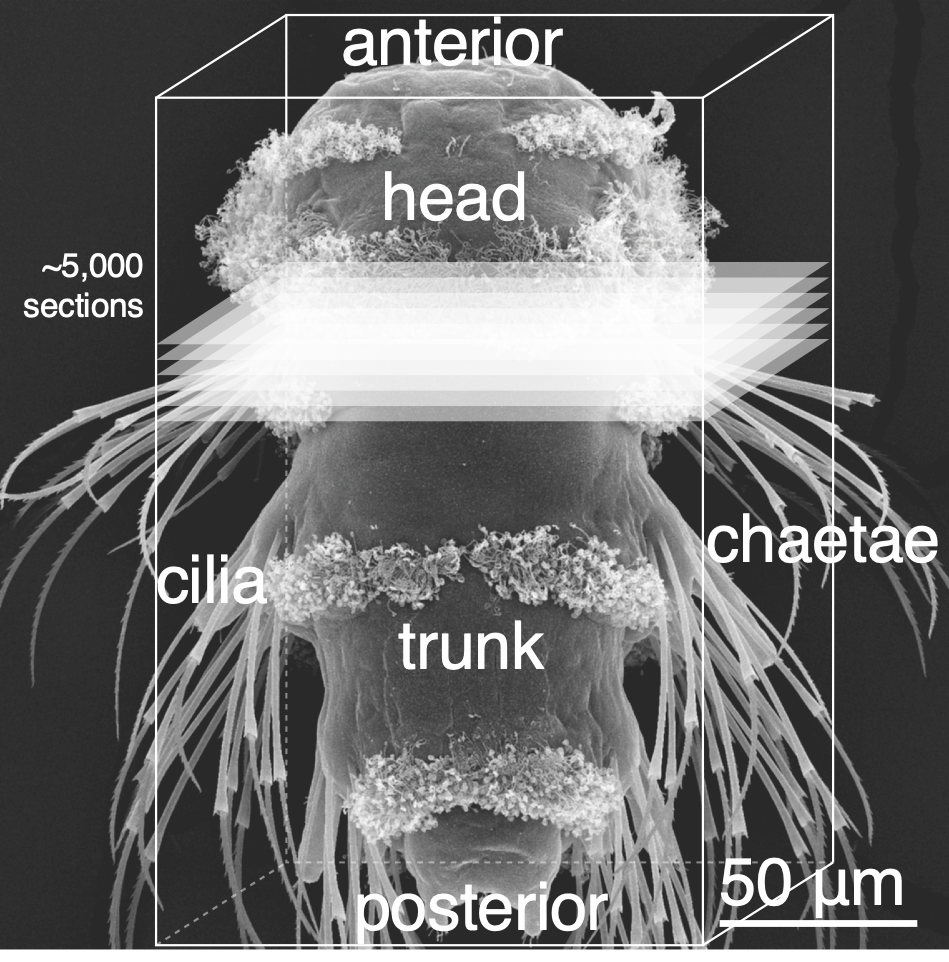
Whole-body volume EM of an entire three-day-old larva

Synaptic connectome

Whole-body coordination of cilia

Whole-body coordination of cilia

Whole-body coordination during startle
Coordinated arrest of all cilia
No arrest in polycystin receptor mutant
Startle recruits body-wide circuits and effectors
UV response in Platynereis larvae
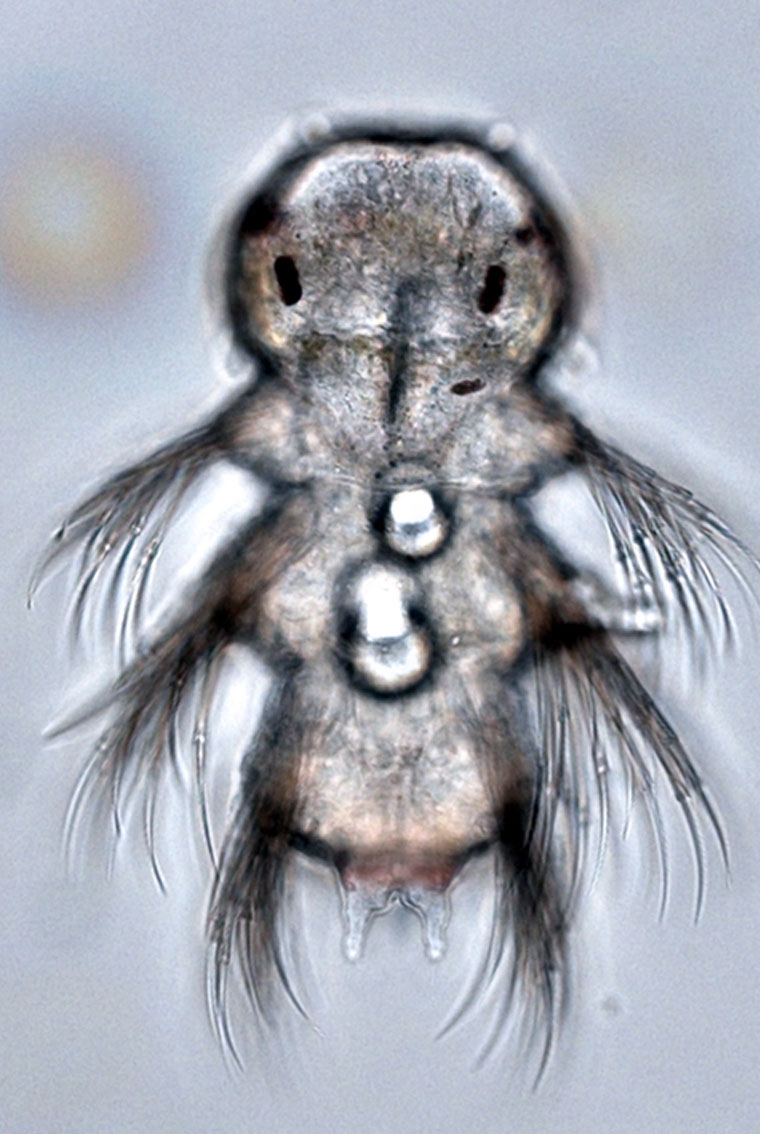
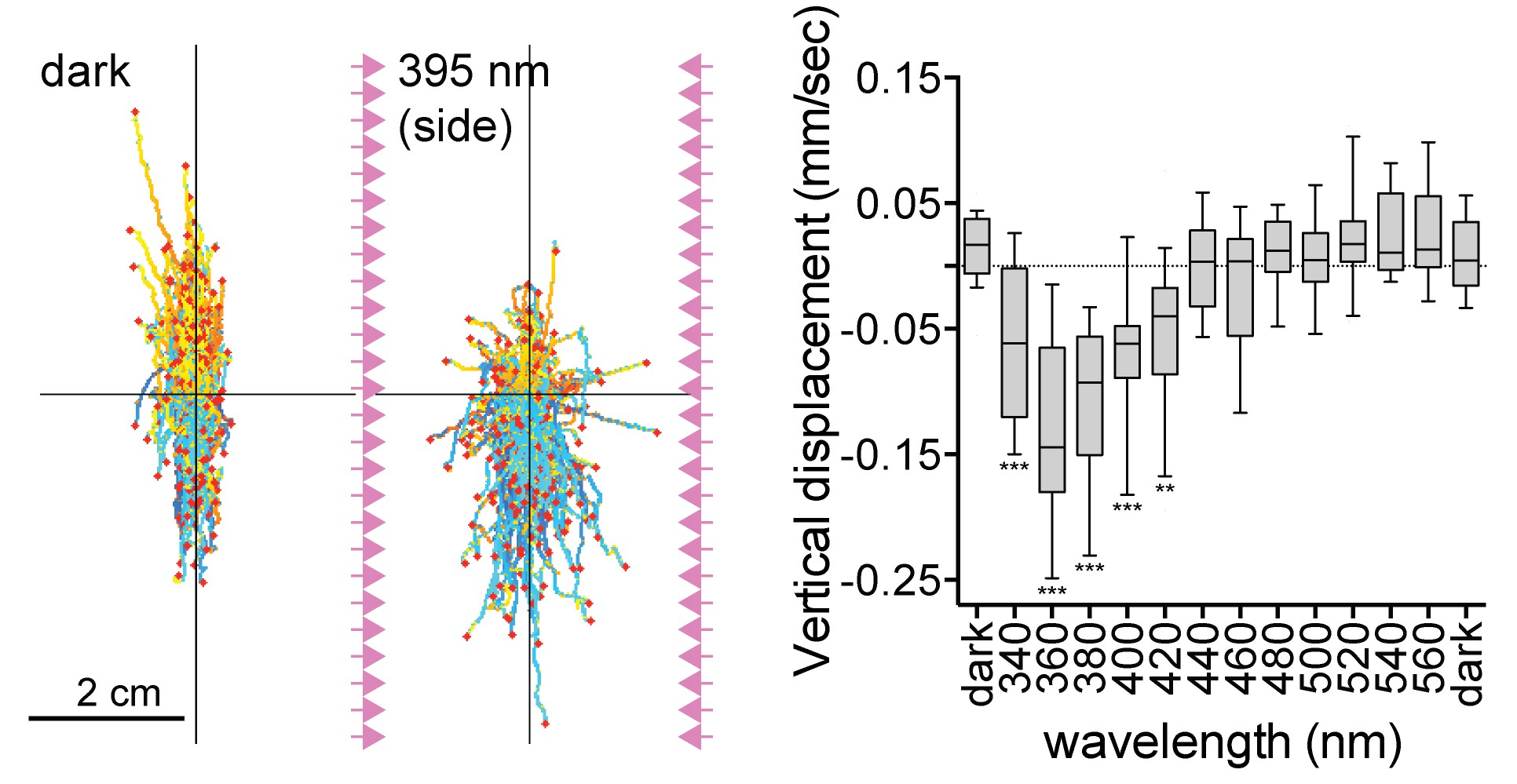
UV-responding brain ciliary photoreceptors (cPRCs)


No UV avoidance in c-opsin1 knockouts
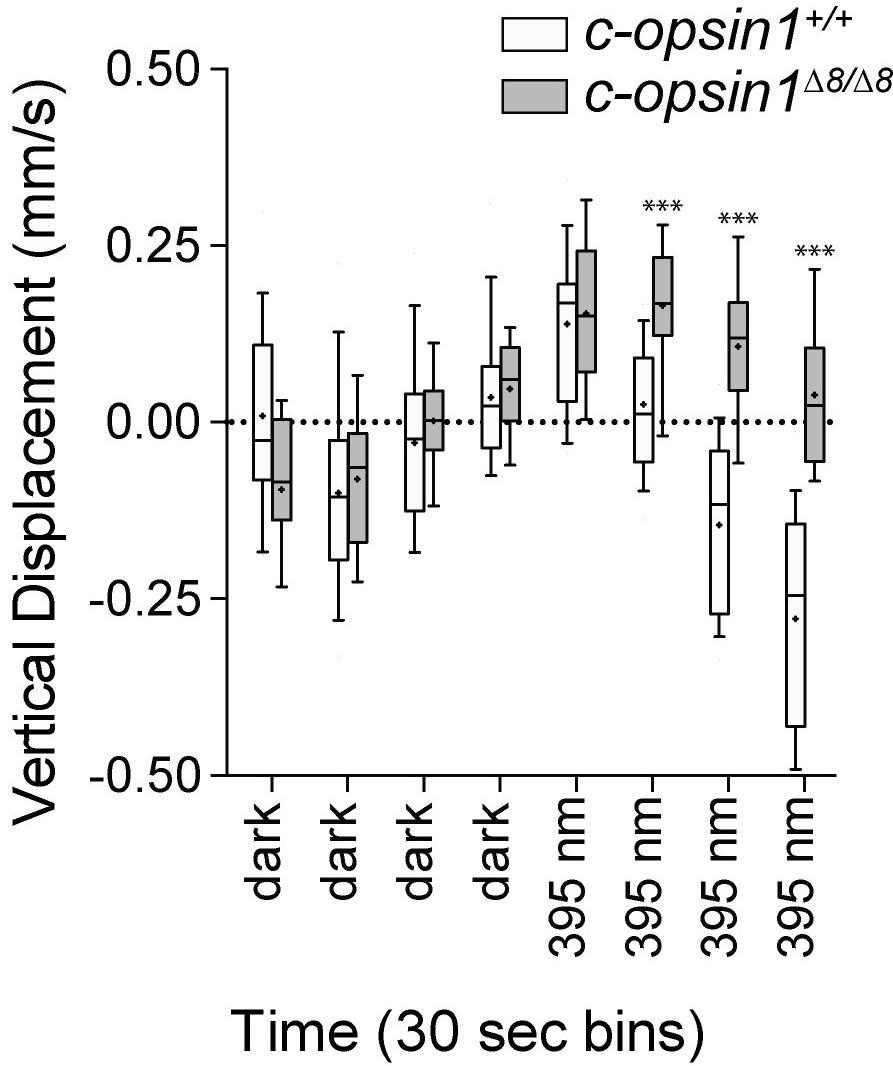
No cPRC response in c-opsin1 knockouts
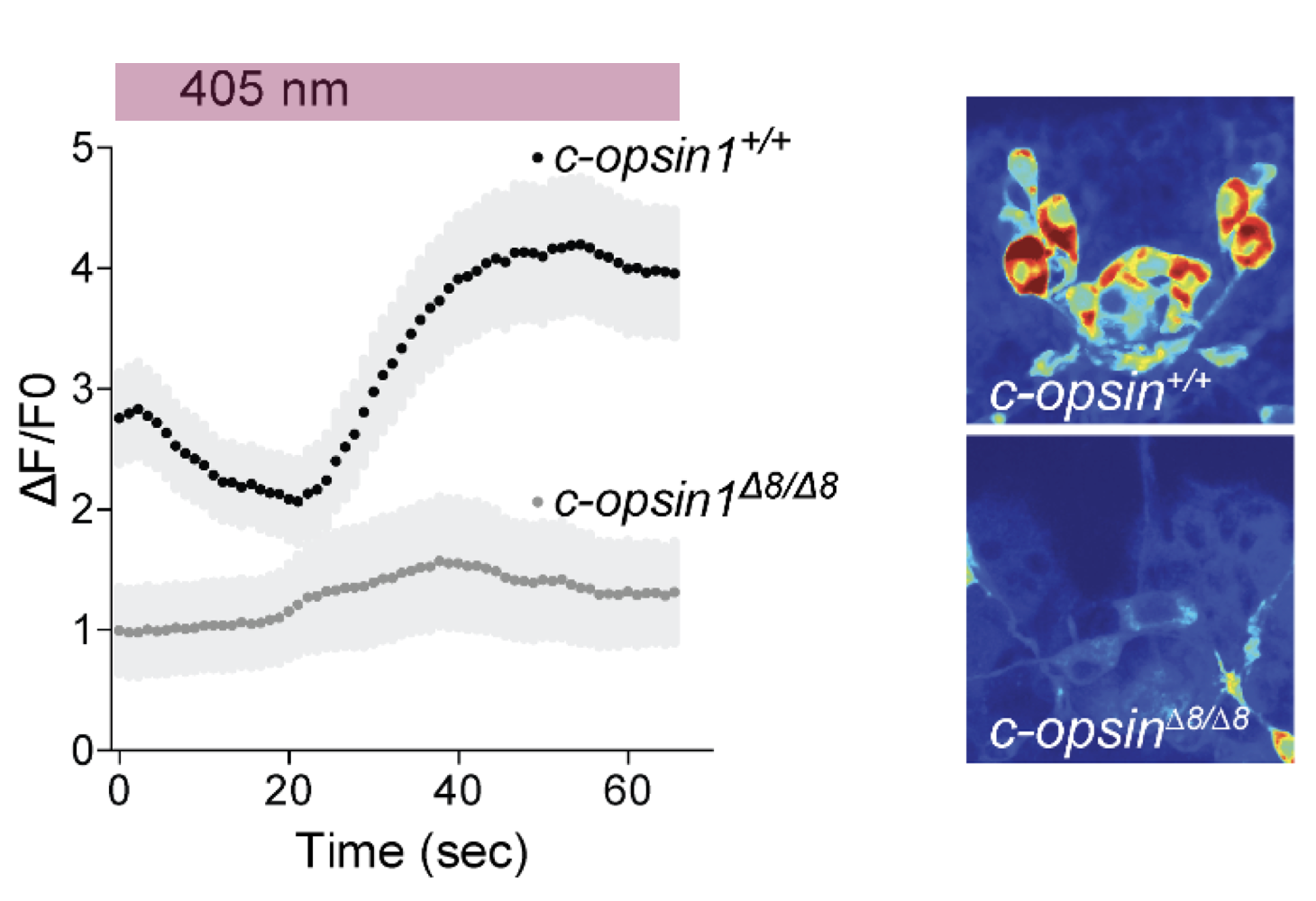
Circuitry of ciliary photoreceptors
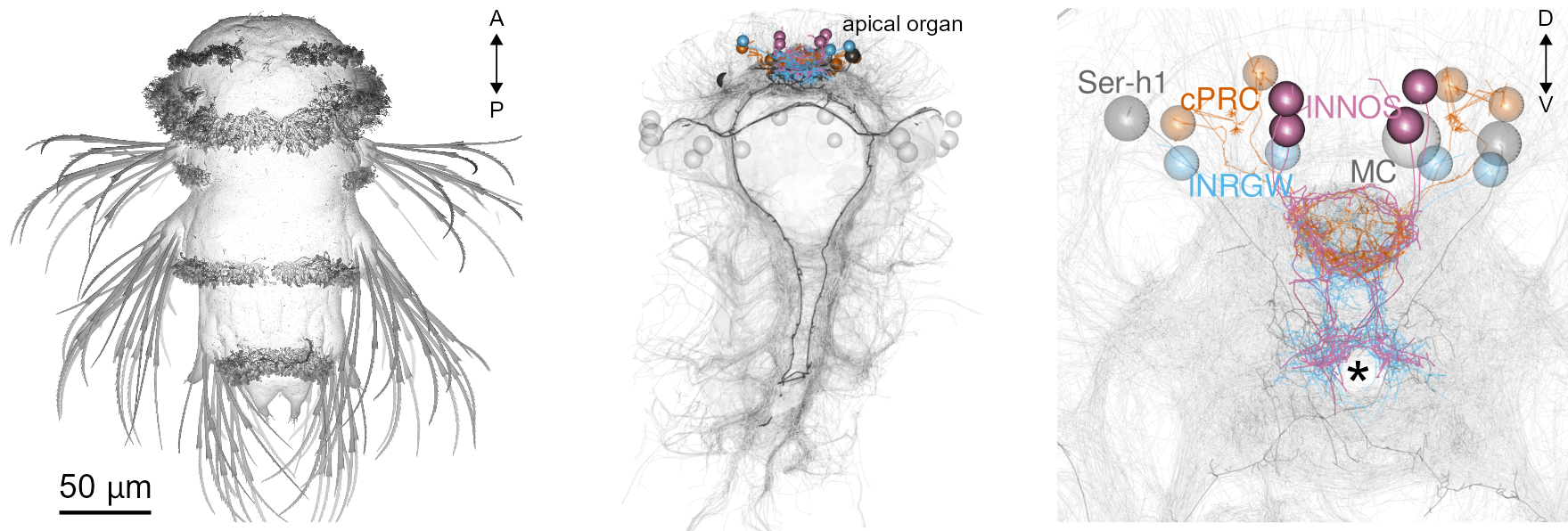
Circuitry of ciliary photoreceptors
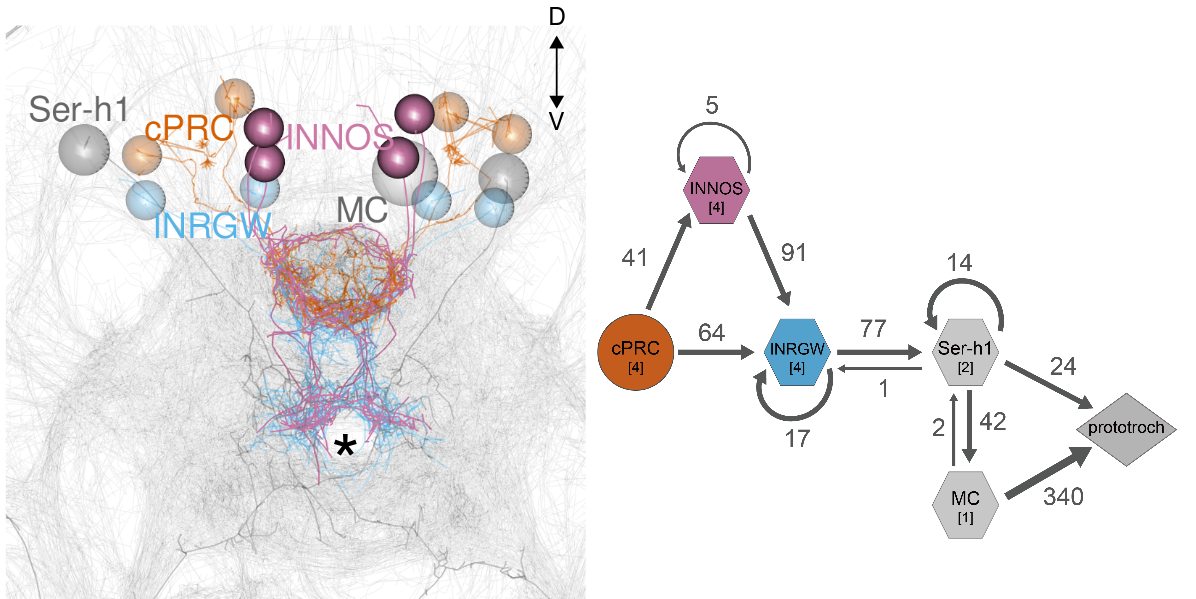

Serotonergic neurons to activate cilia
Ser-h1 neurons, EM reconstruction
Strong cPRC activation after UV exposure
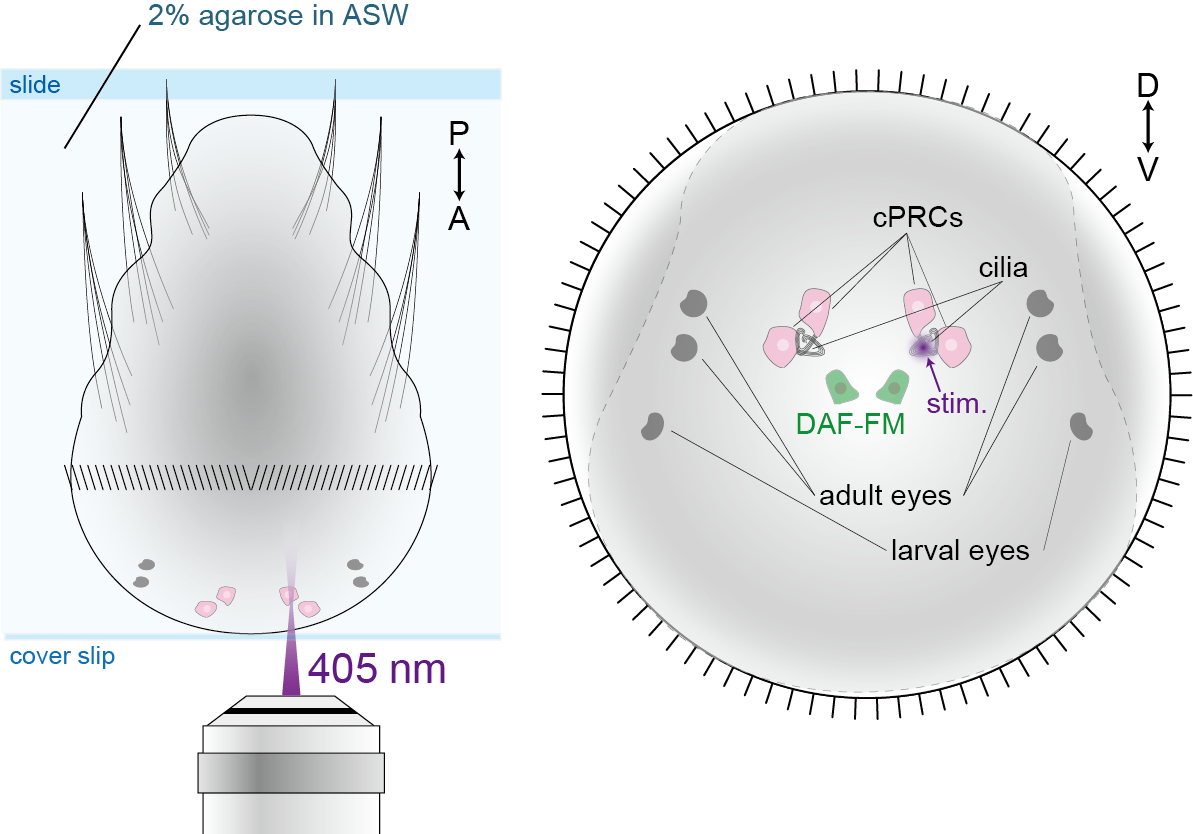
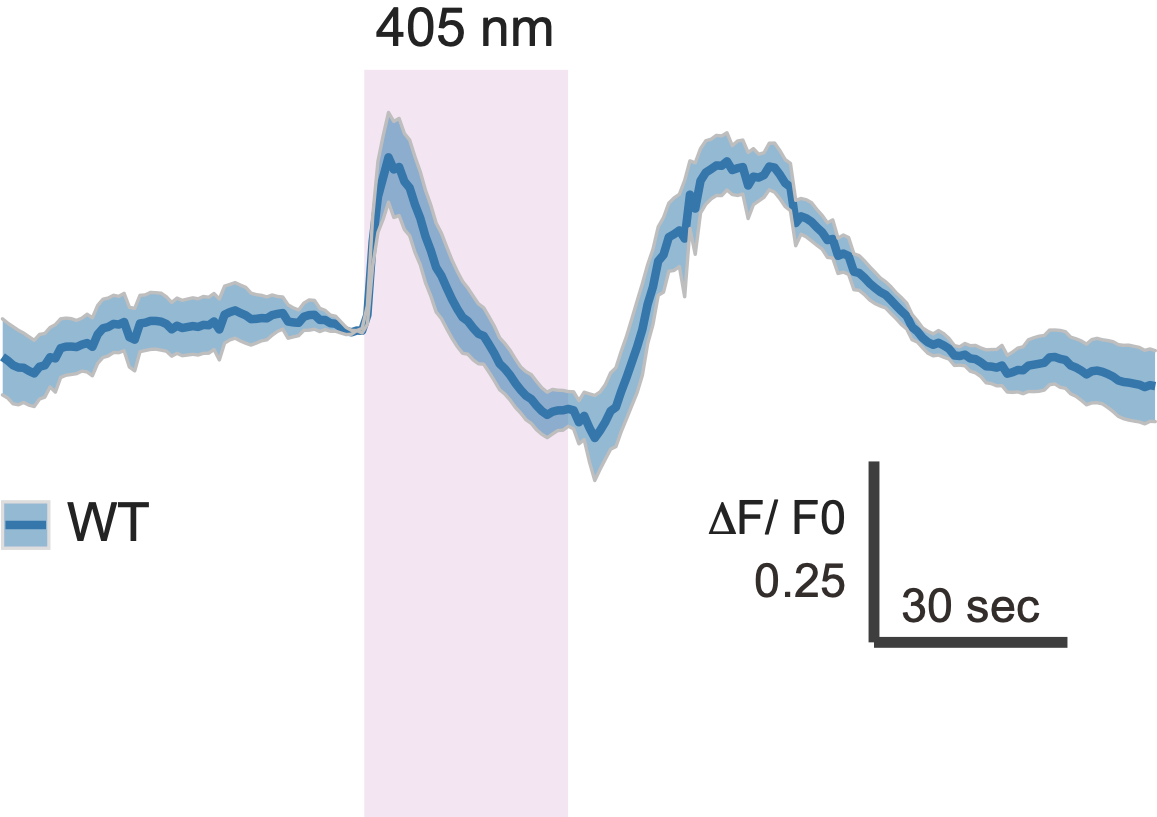

Nitric-oxyde synthase in postsynaptic interneurons

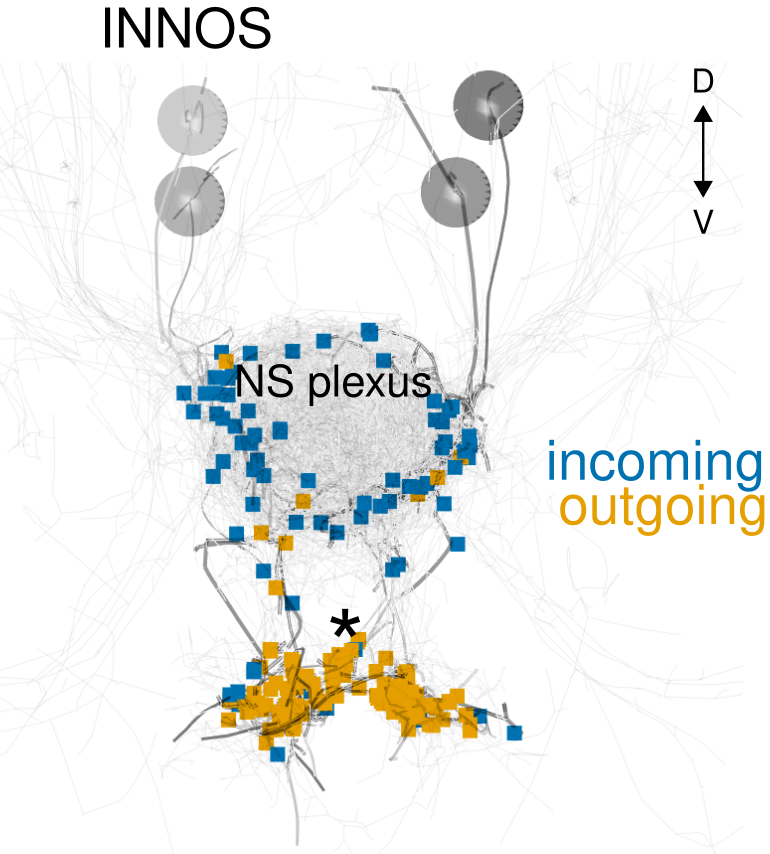
NO is produced in the neuropil after UV stimulation
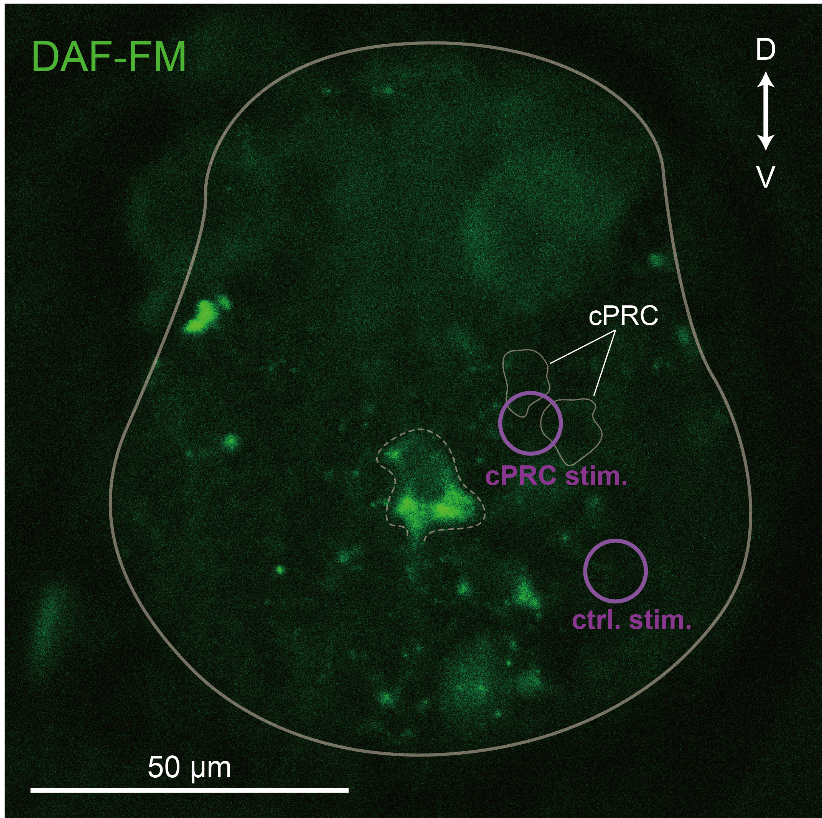

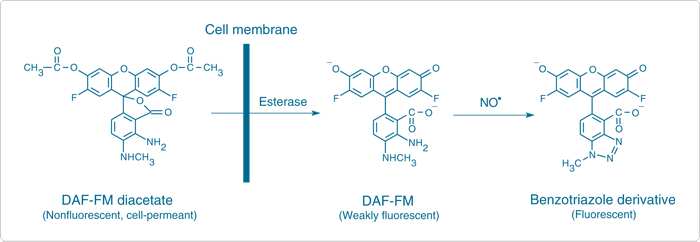
NOS mutants have altered cPRC response
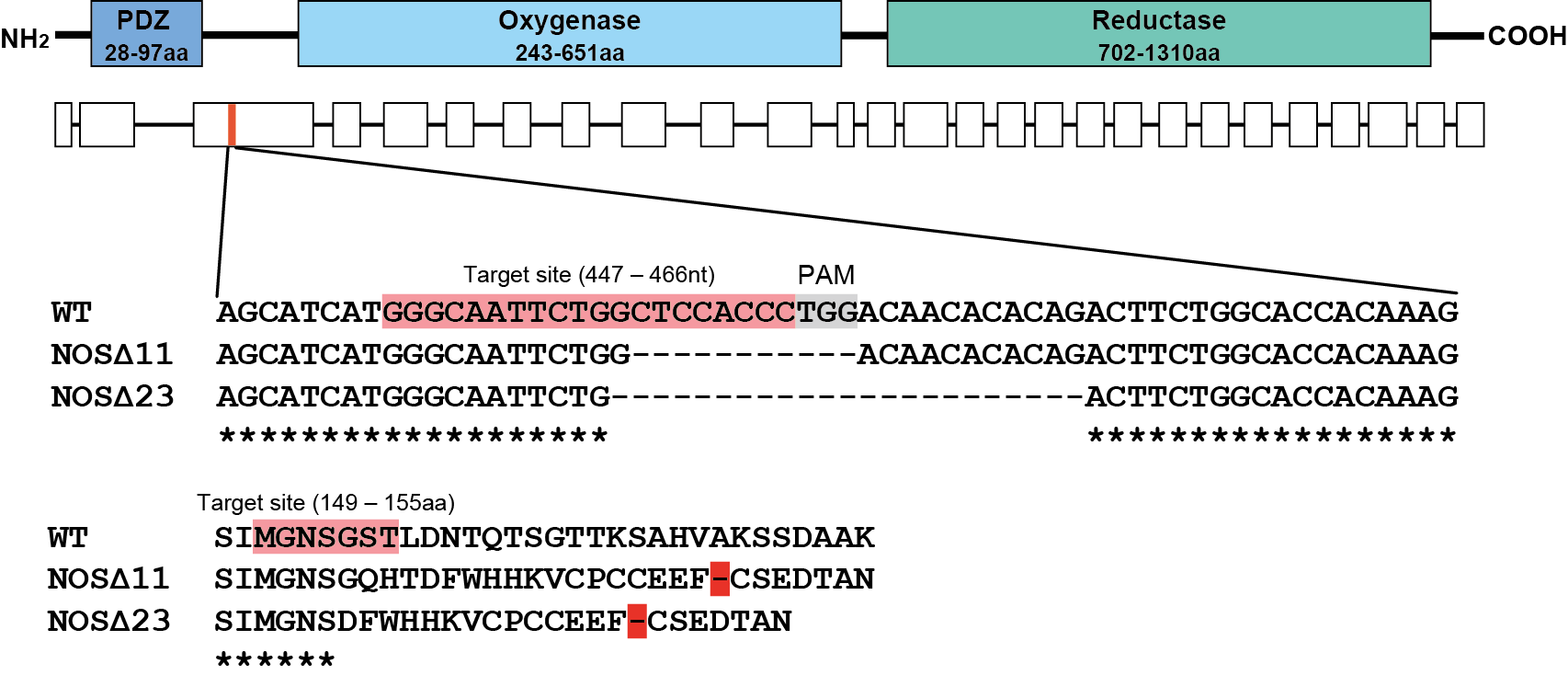
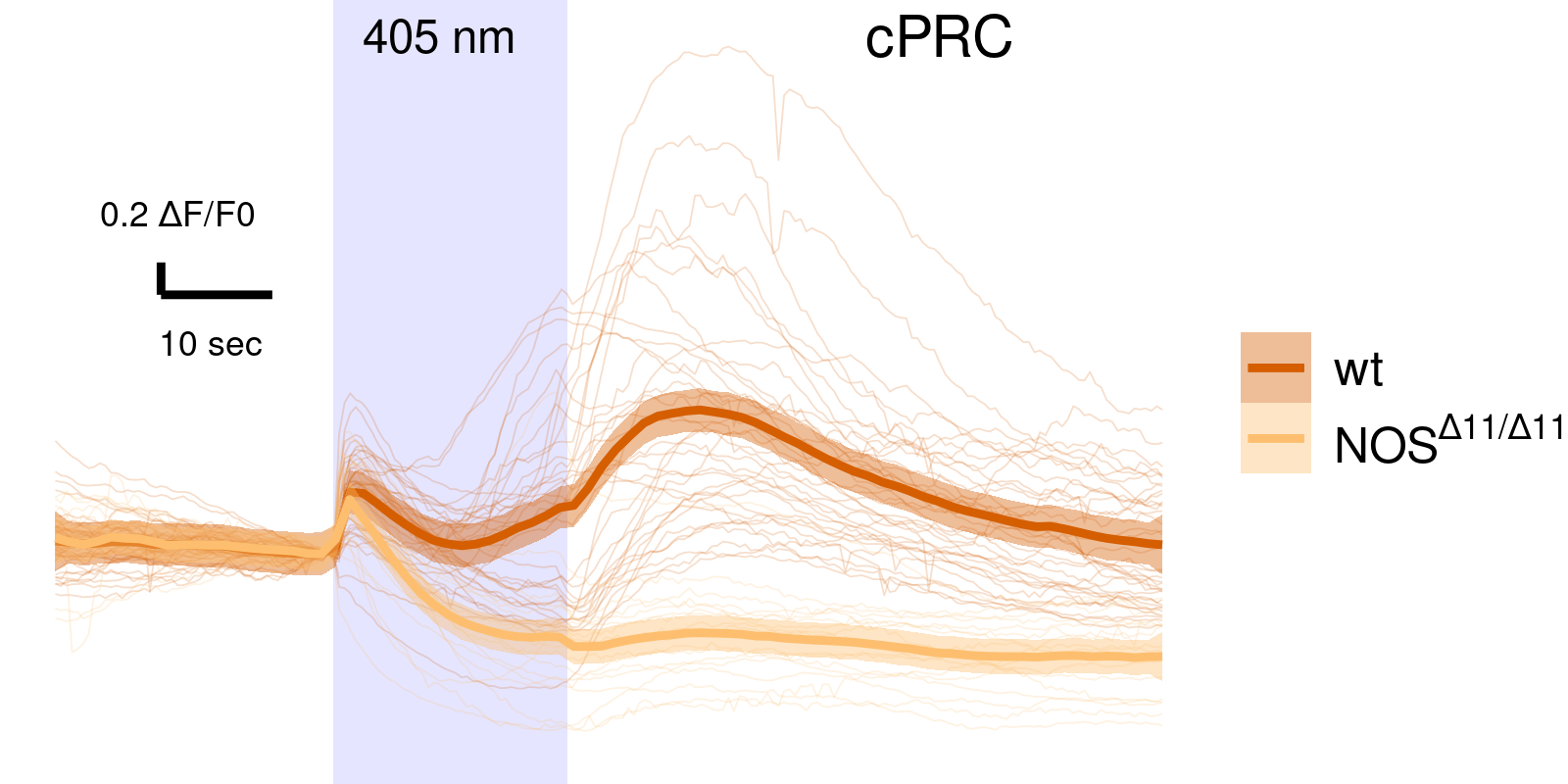
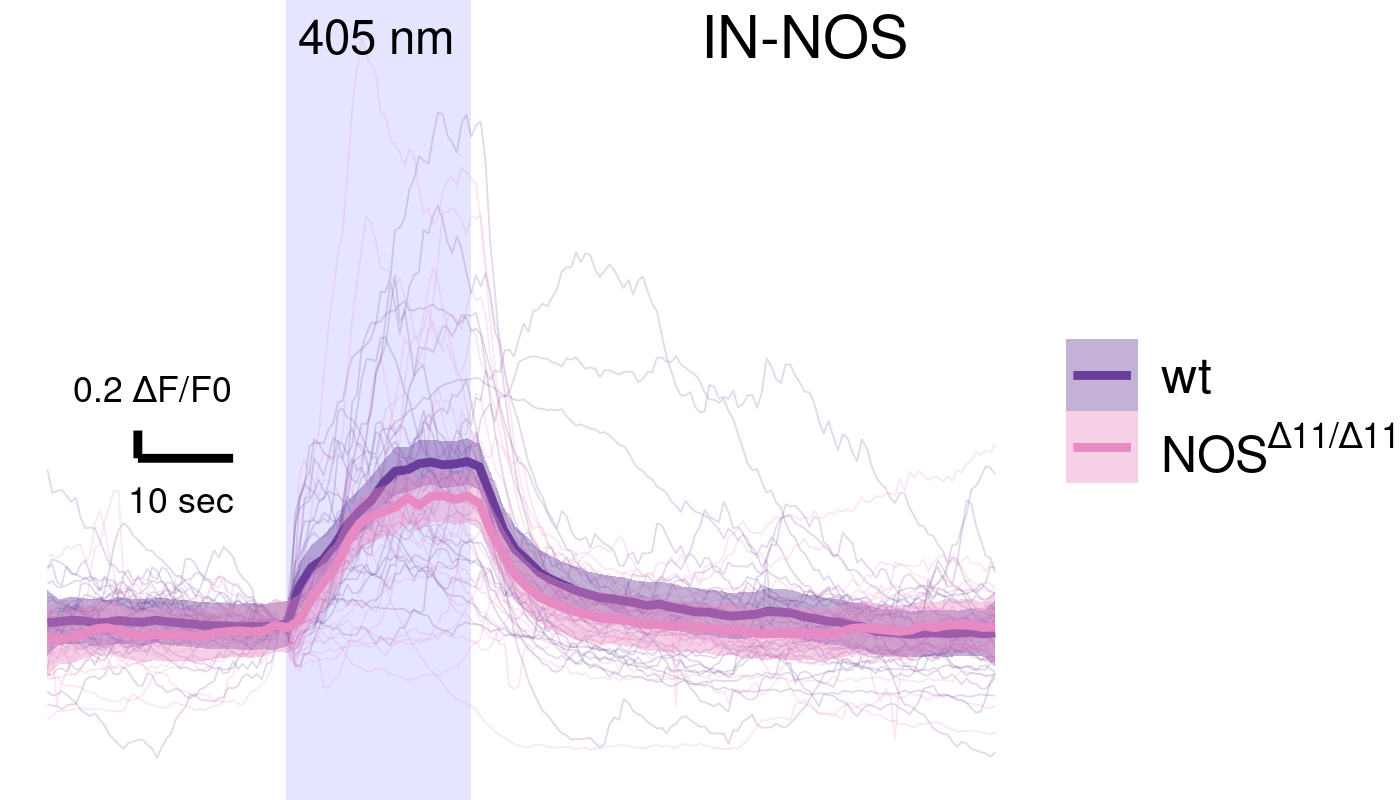
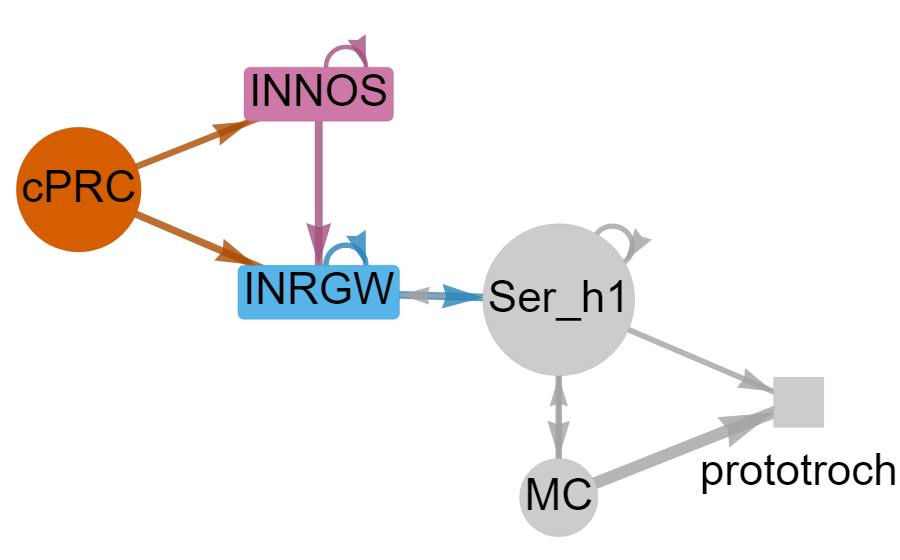
NOS mutants have altered INRGW response

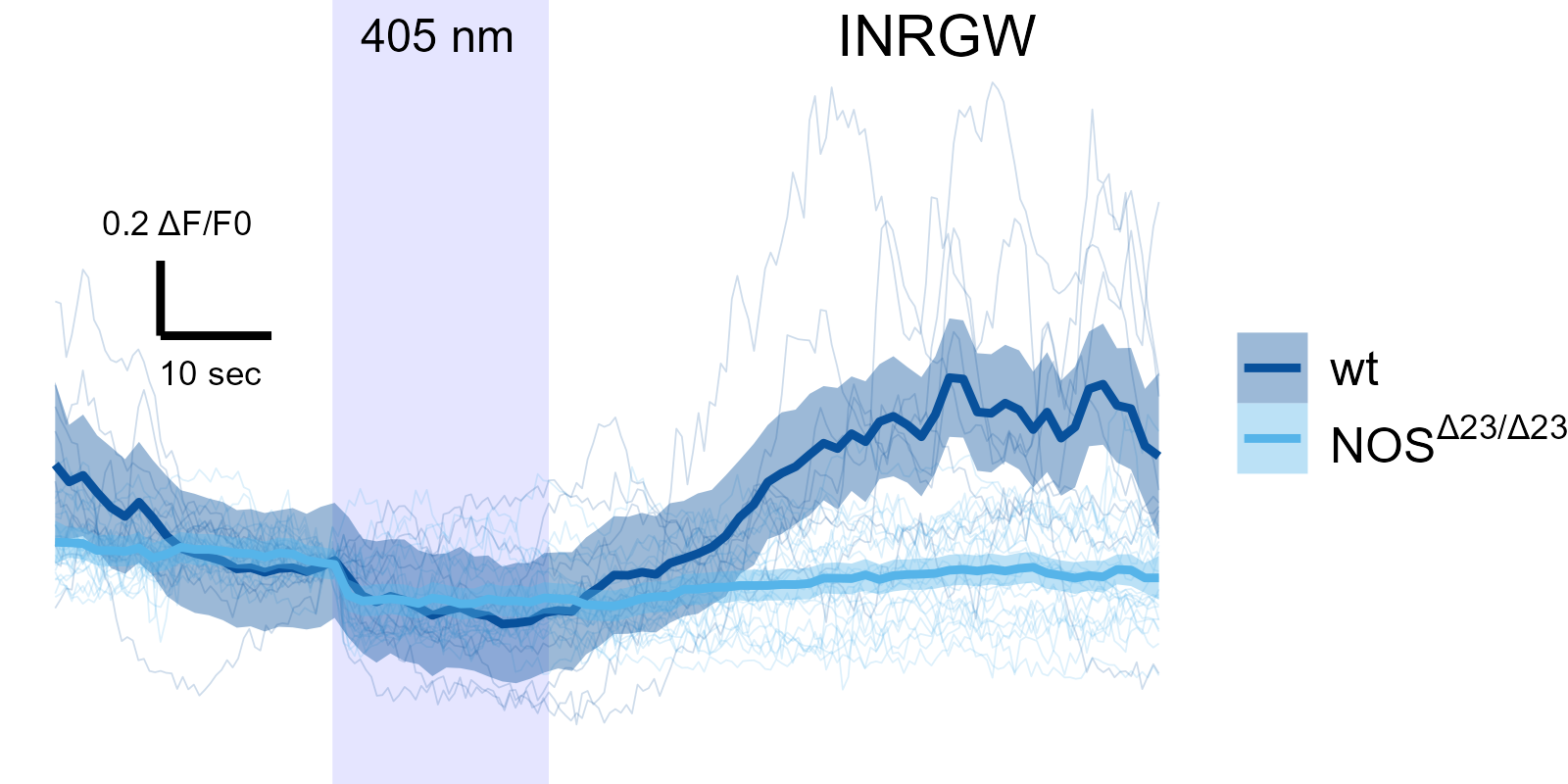

NOS mutants show defective UV avoidance
![]()
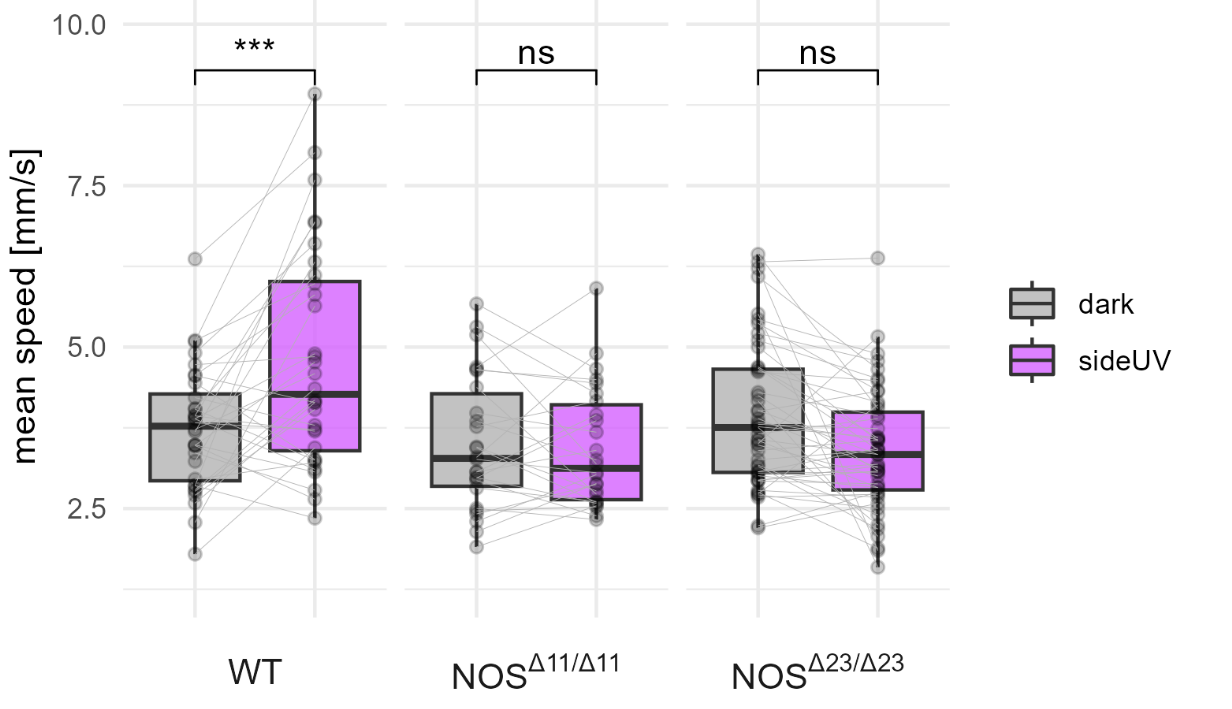
An unusual guanylyl cyclase in the cPRCs
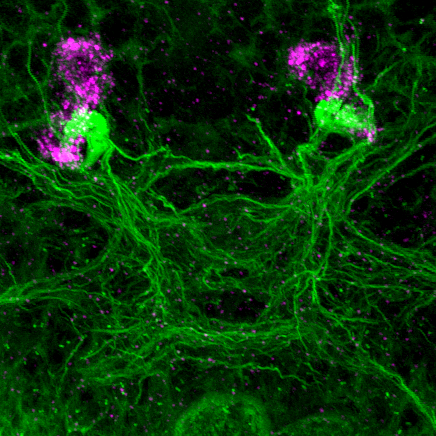
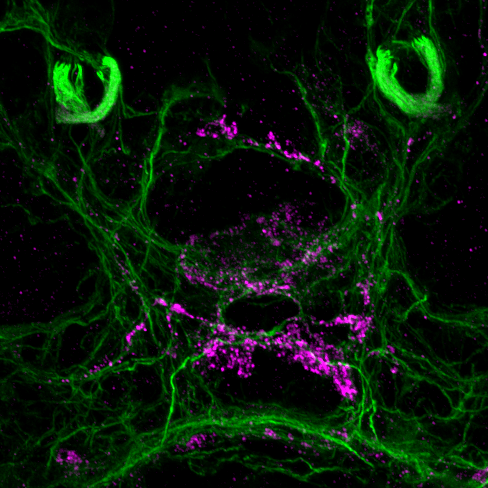
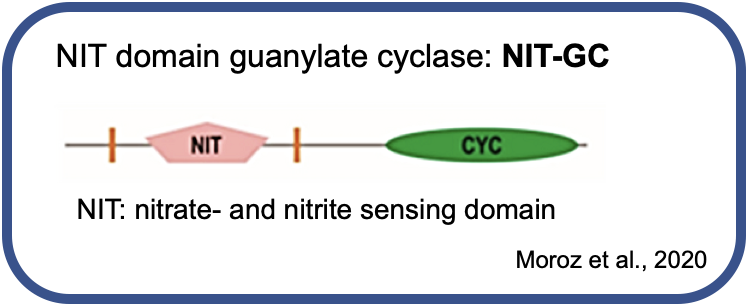
An unusual guanylyl cyclase in the cPRCs
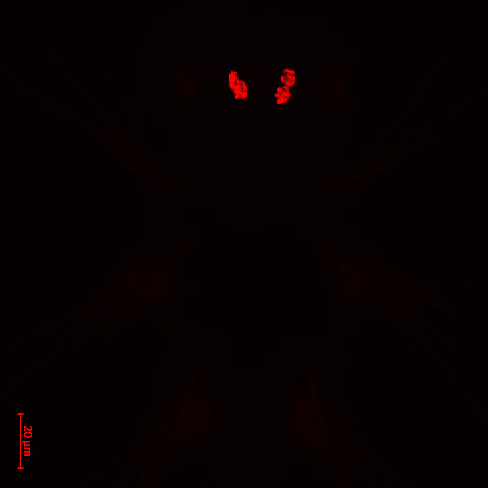
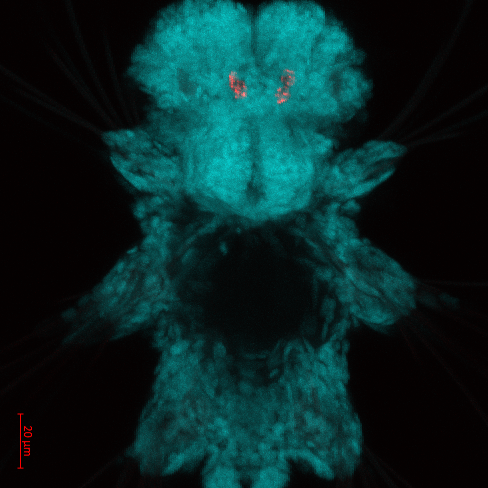
NIT-GC morphants have altered circuit activity
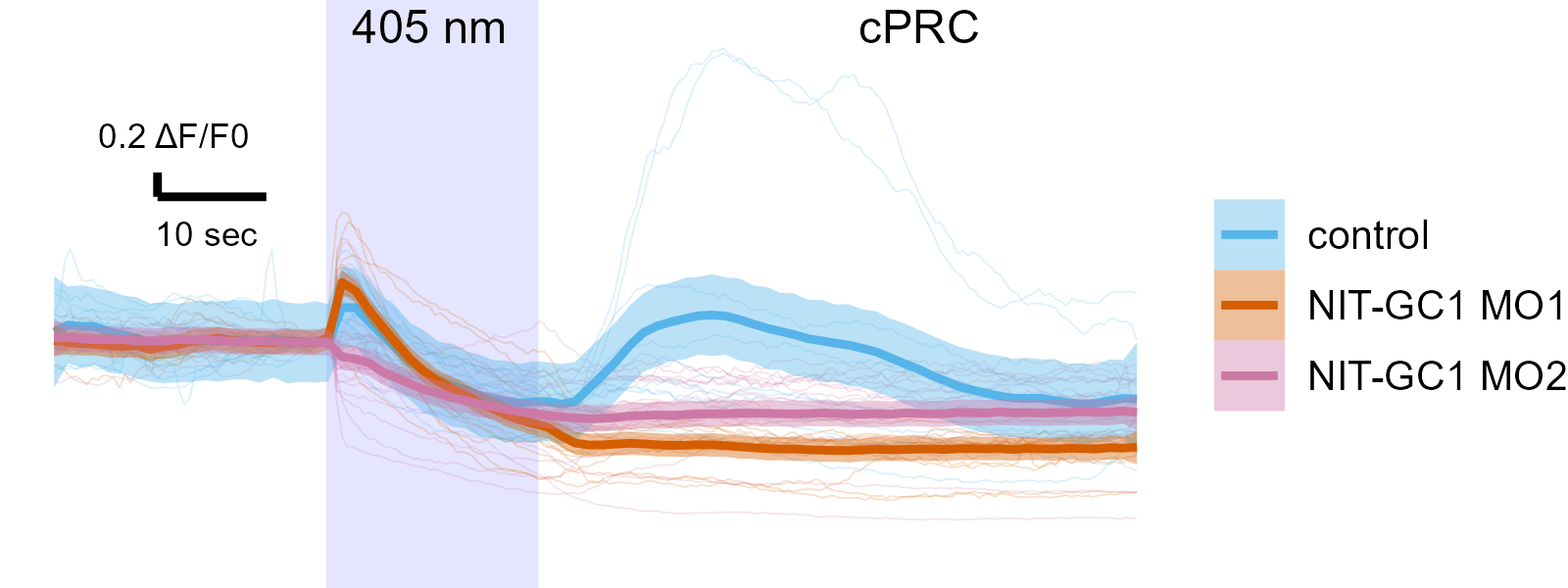

Pressure response in Platynereis larvae



Luis A. Bezares-Calderón
Precise control of pressure in the pressure chamber


Luis A. Bezares-Calderón
Pressure response is graded
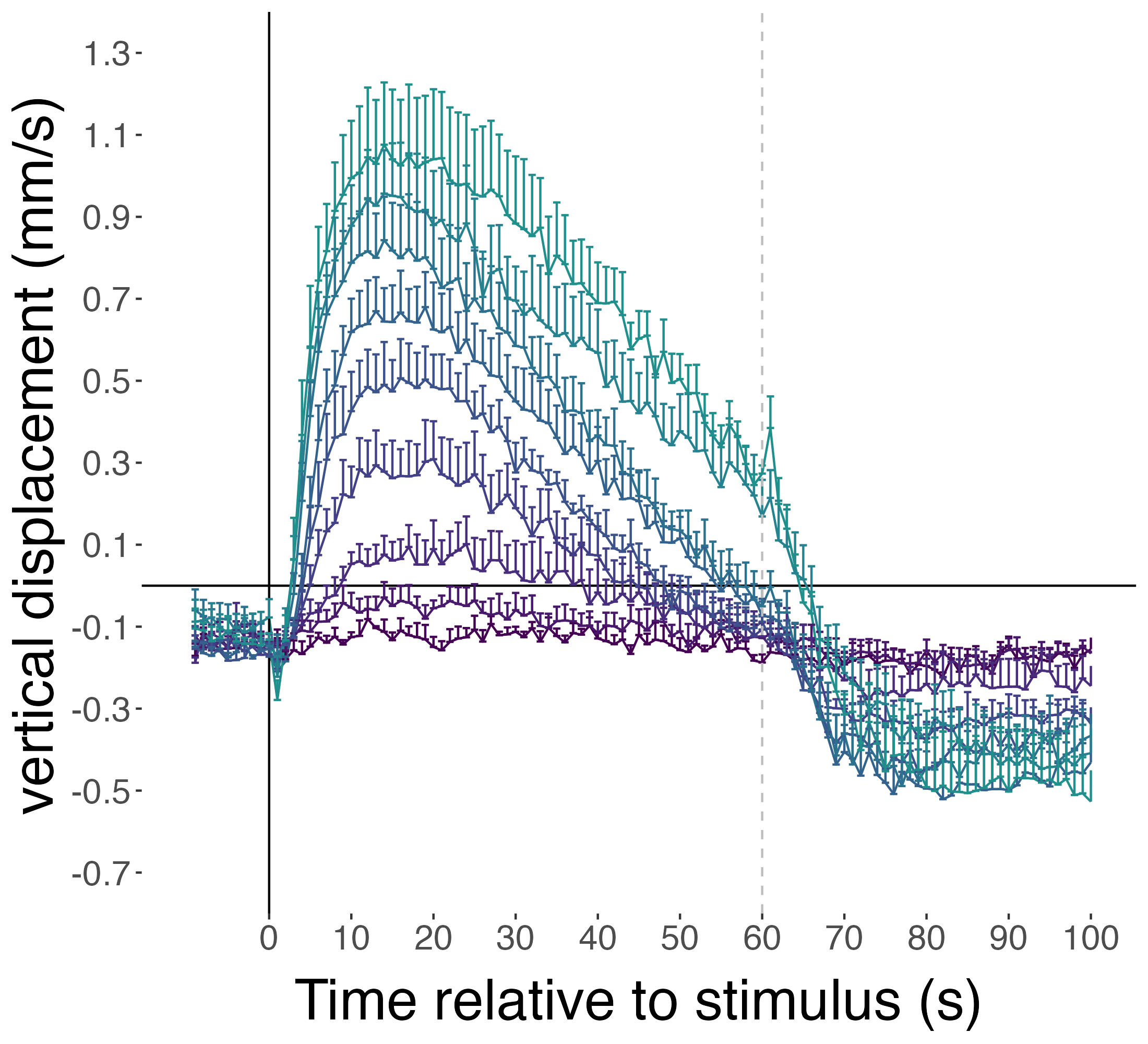
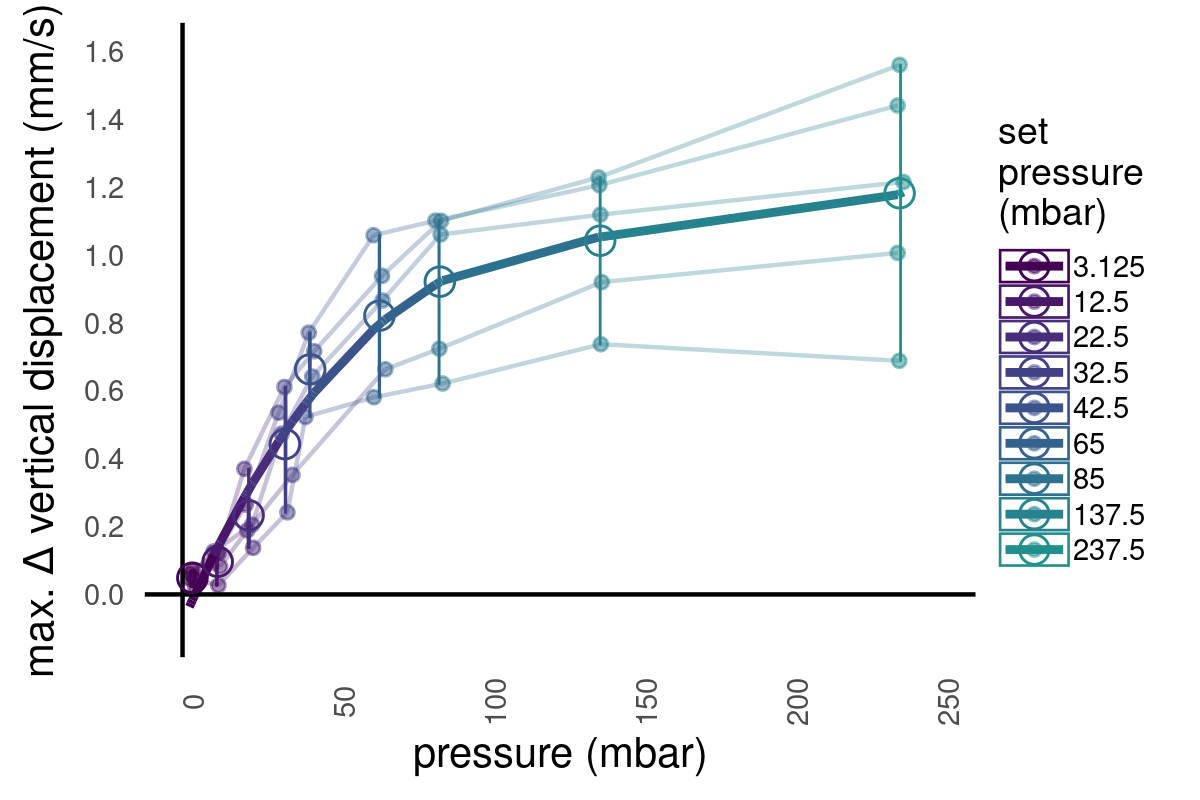

Luis A. Bezares-Calderón
Swimming speed increases, trajectories straighten
 ctr
ctr
 pressure
pressure


Luis A. Bezares-Calderón
Ciliary beating increases under pressure
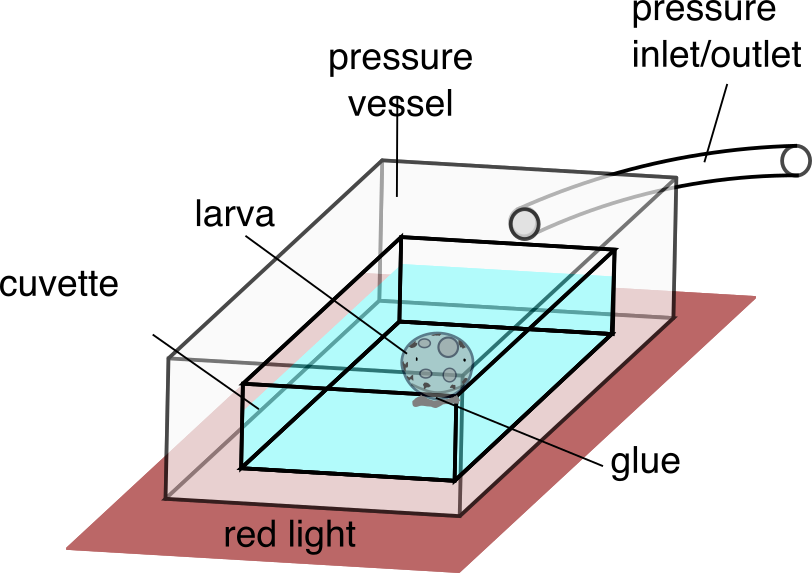


Luis A. Bezares-Calderón
Which cells respond to pressure?
Microscopy pressure chamber 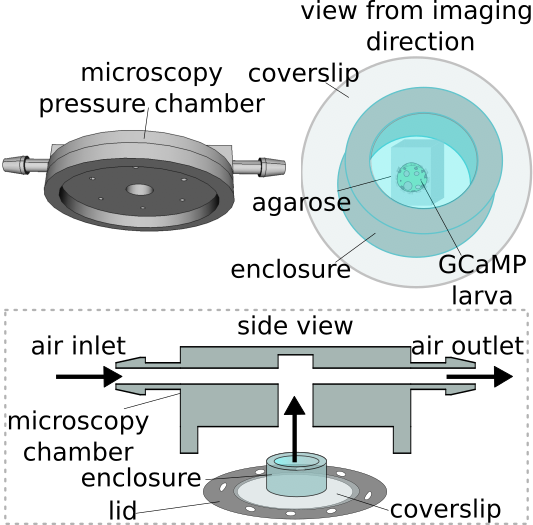
Calcium imaging 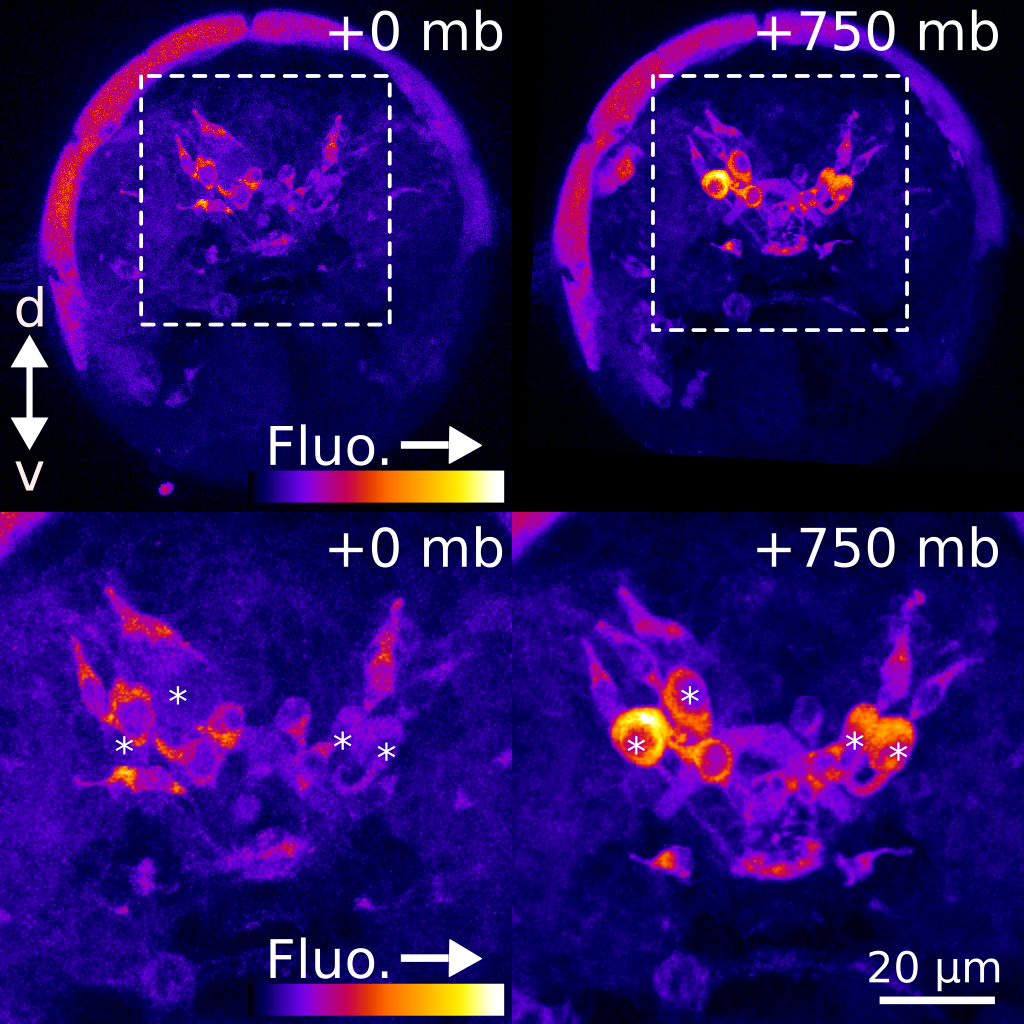
Luis A. Bezares-Calderón
Pressure is sensed by photoreceptors with ramified cilia

Photoreceptor responses to pressure are graded
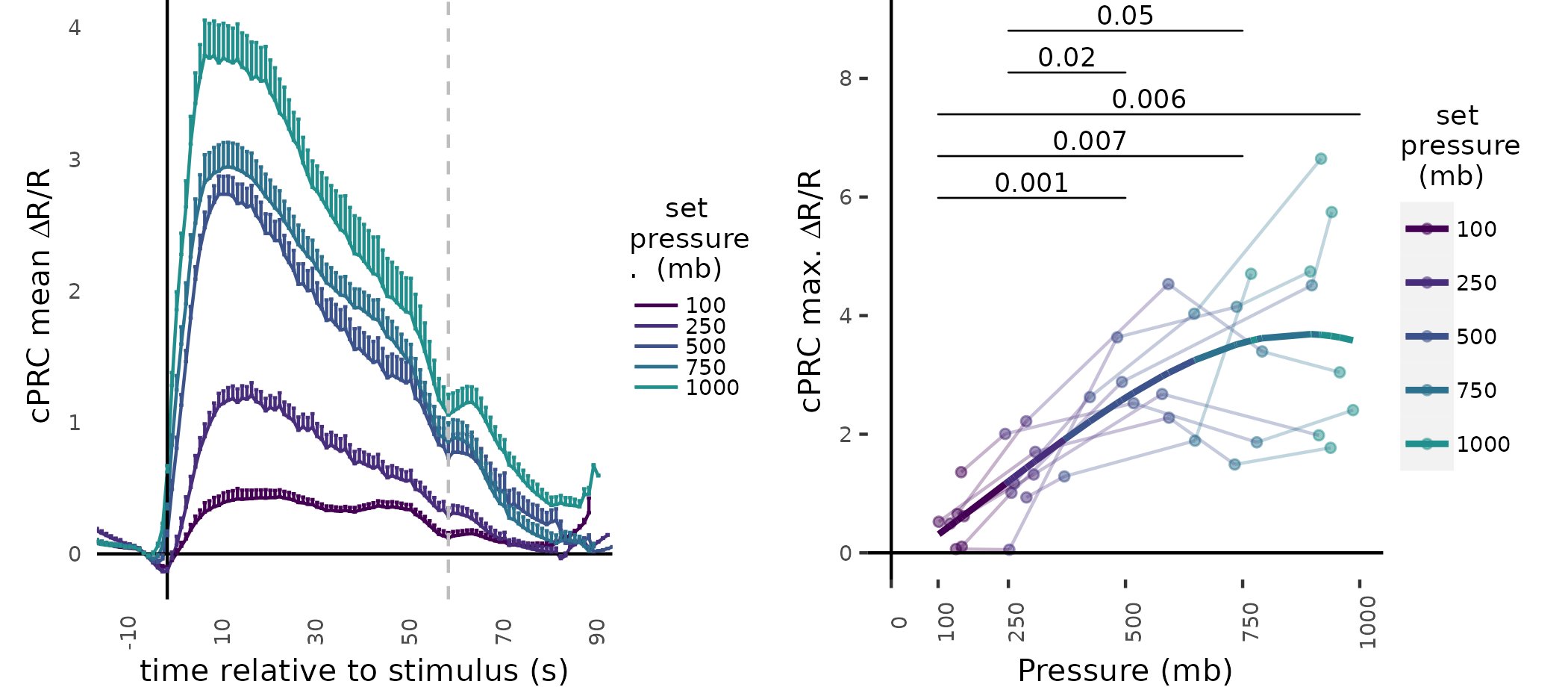
Luis A. Bezares-Calderón
Defects of pressure response in c-opsin1 mutants
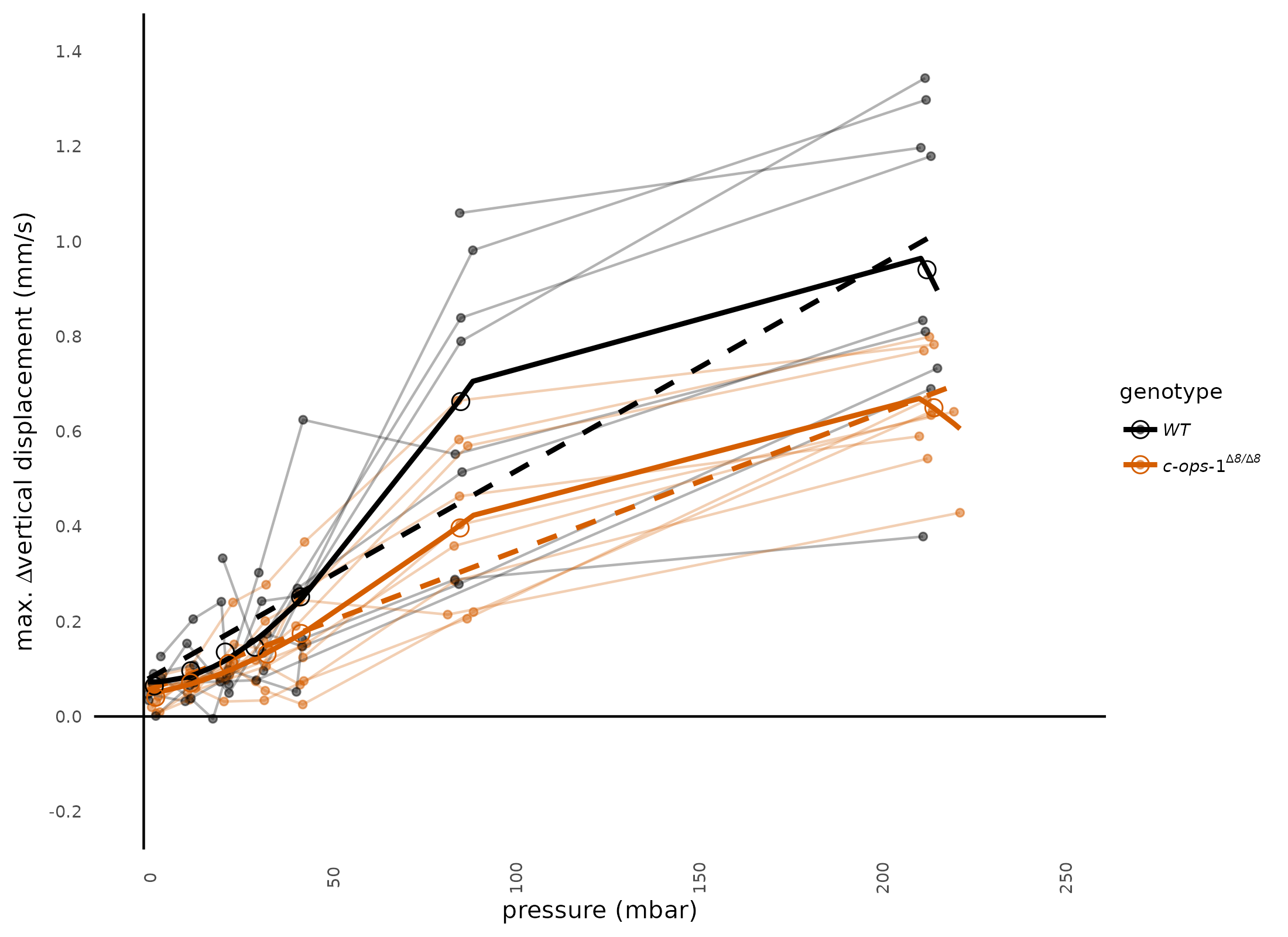
Luis A. Bezares-Calderón
Reduced ciliary compartment in c-opsin1 mutants
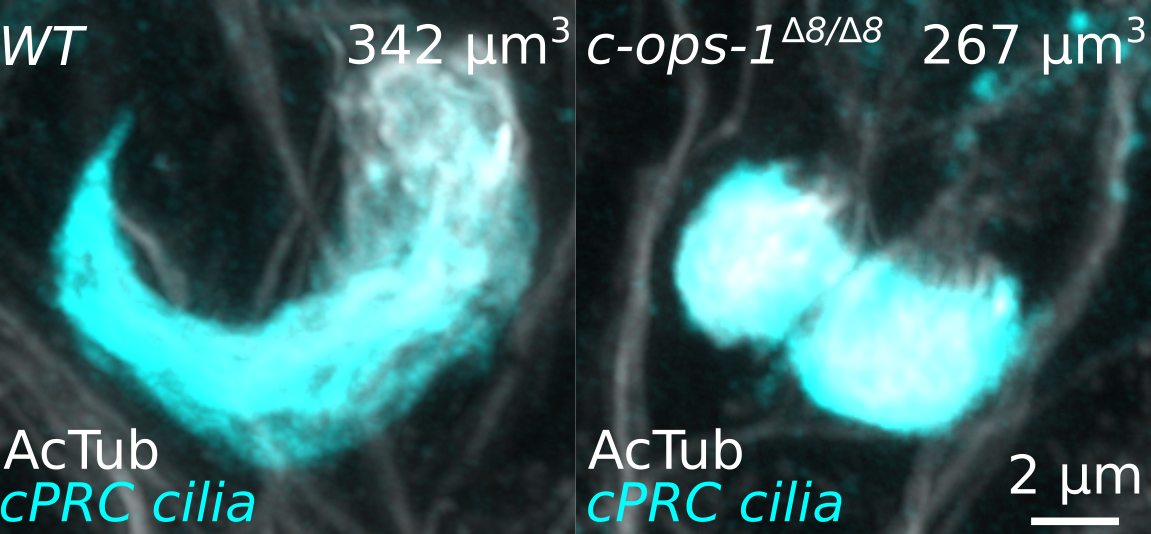
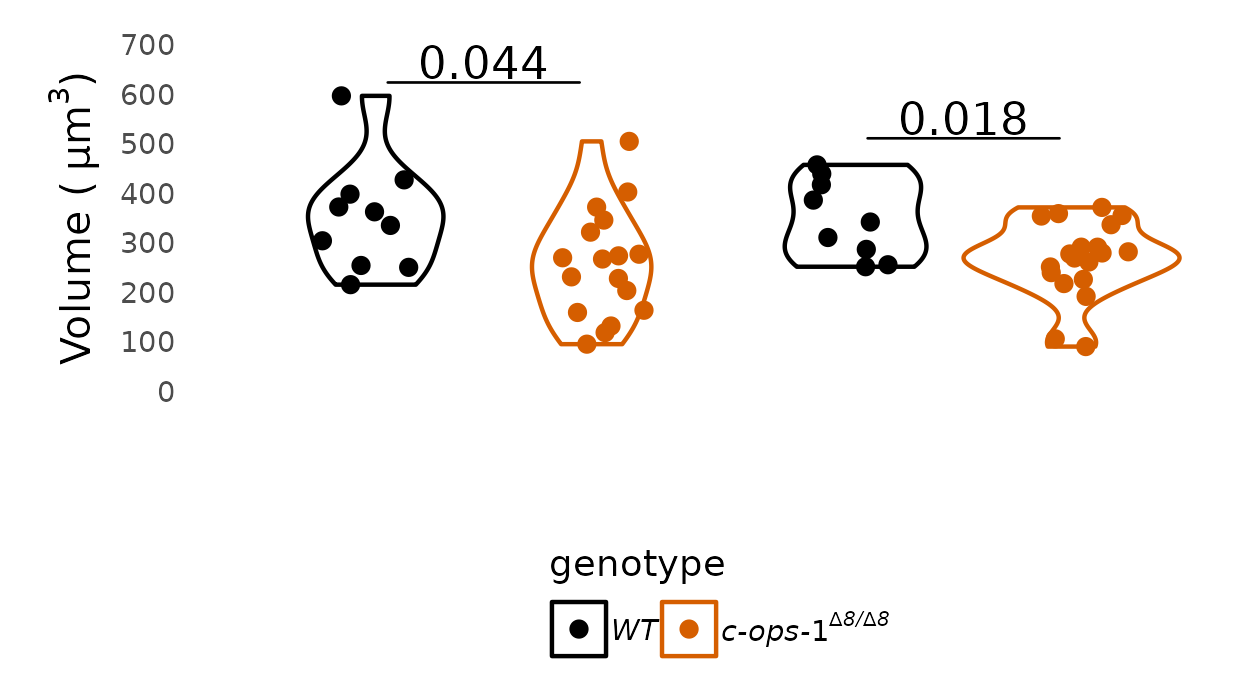
Kei Jokura & Luis A. Bezares-Calderón
Defects of ciliary ultrastructure in c-opsin1 mutants
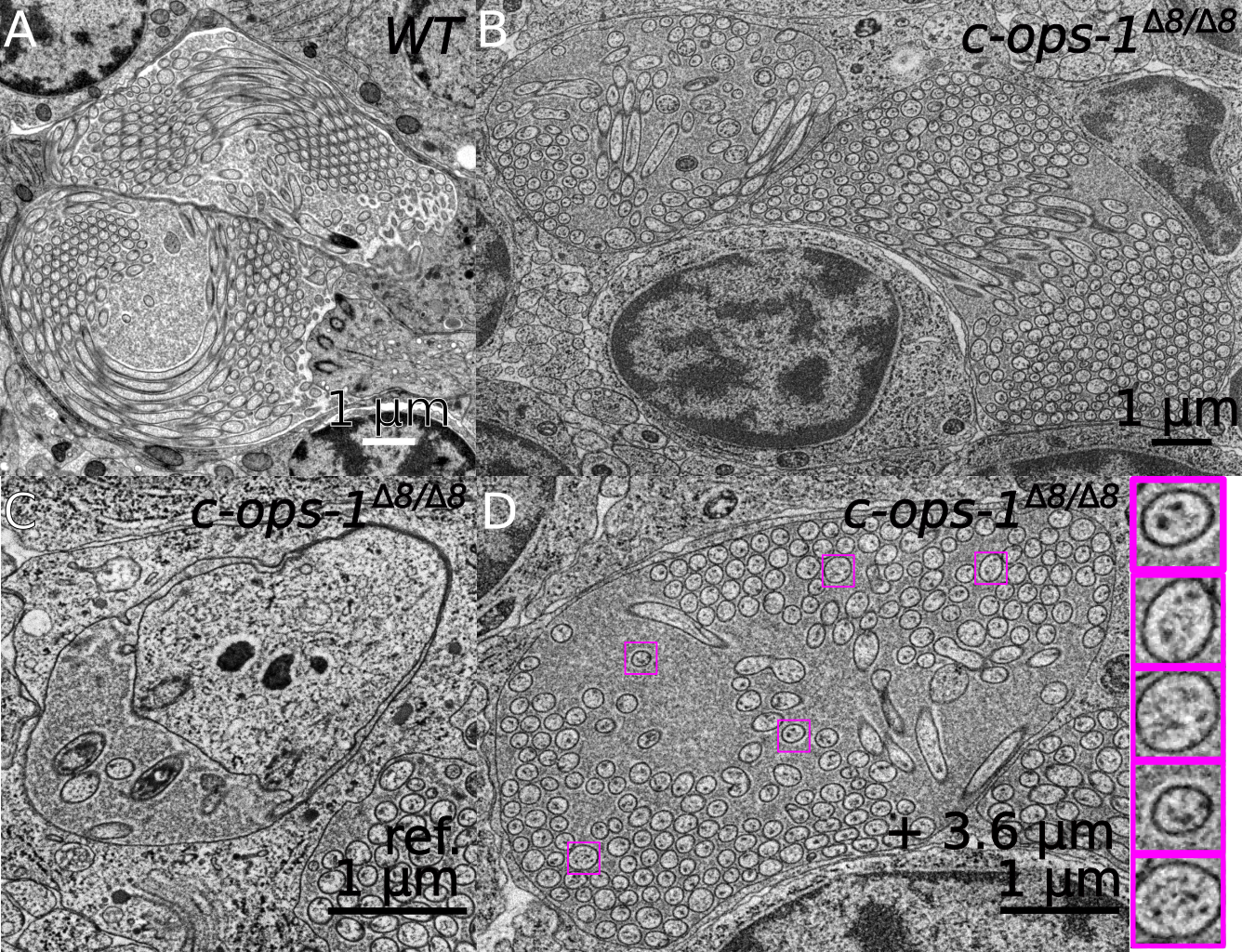
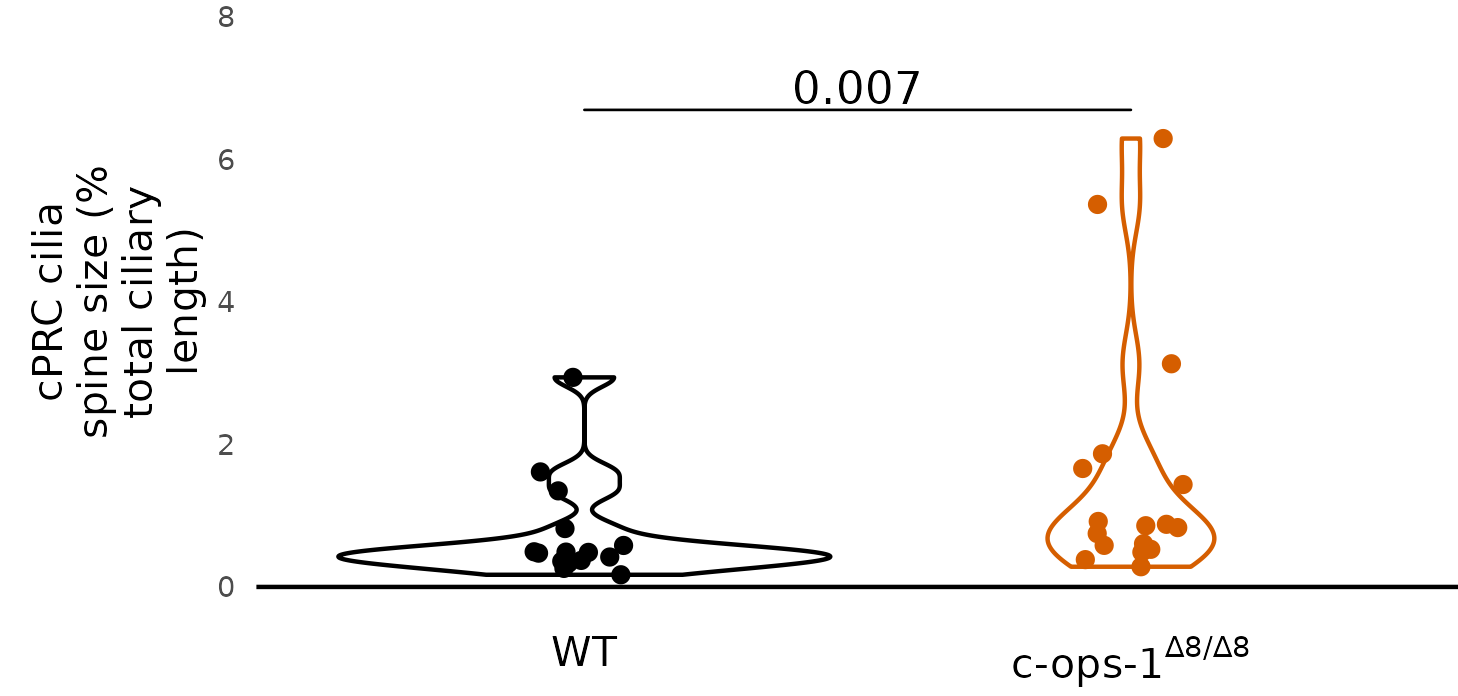
Réza Shahidi & Luis A. Bezares-Calderón
Acknowledgements
Lab members
- Sanja Jasek
- Alexandra Kerbl
- Emily Savage
- Simone Wolters
- Lara Keweloh
- Kevin Urbansky
- Karel Mocaer
- David Hug
- Benedikt Dürr
- Ira Maegele
- Emelie Brodrick (Exeter)


Facilities
- EM Core Facility
- Réza Shahidi
- Charlotta Funaya
- Nikon Imaging Centre
- Ulrike Engel
